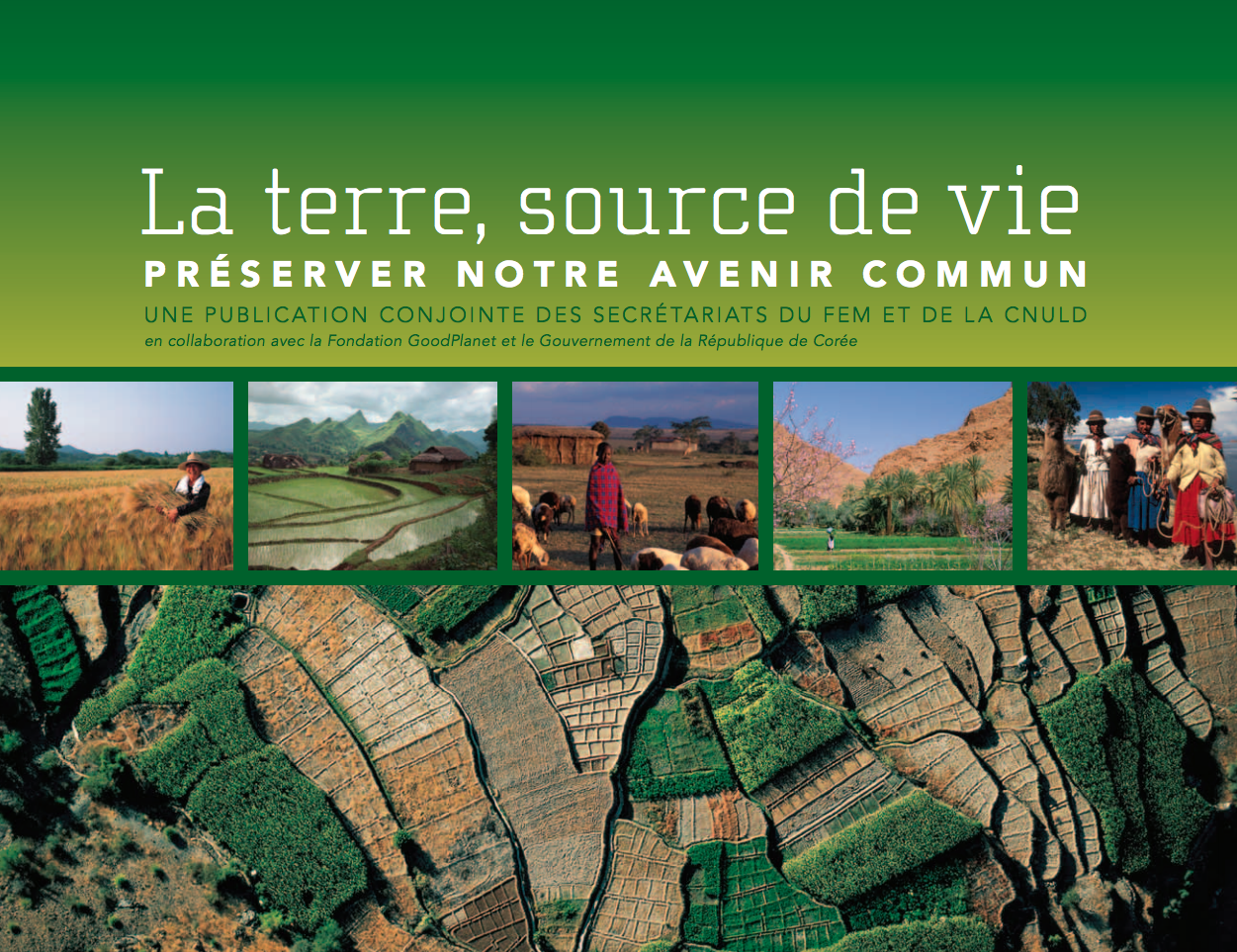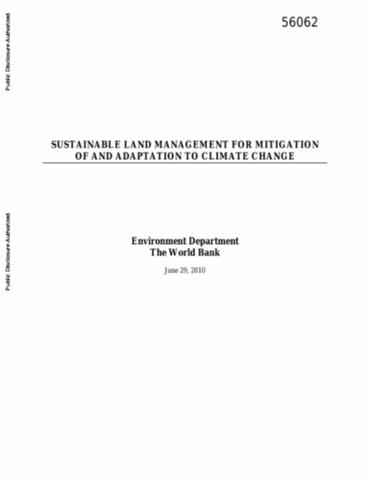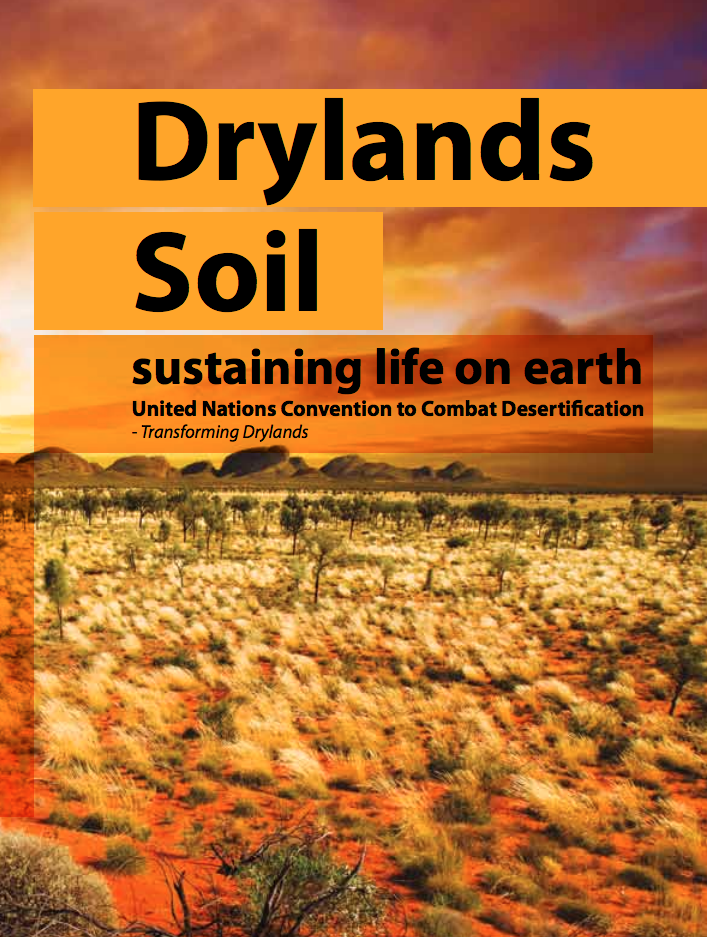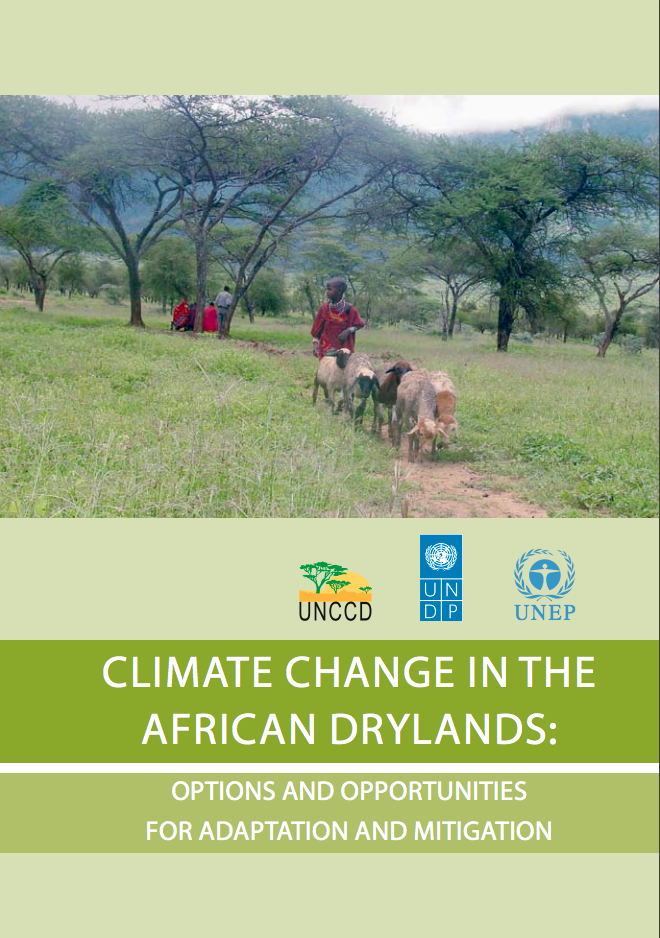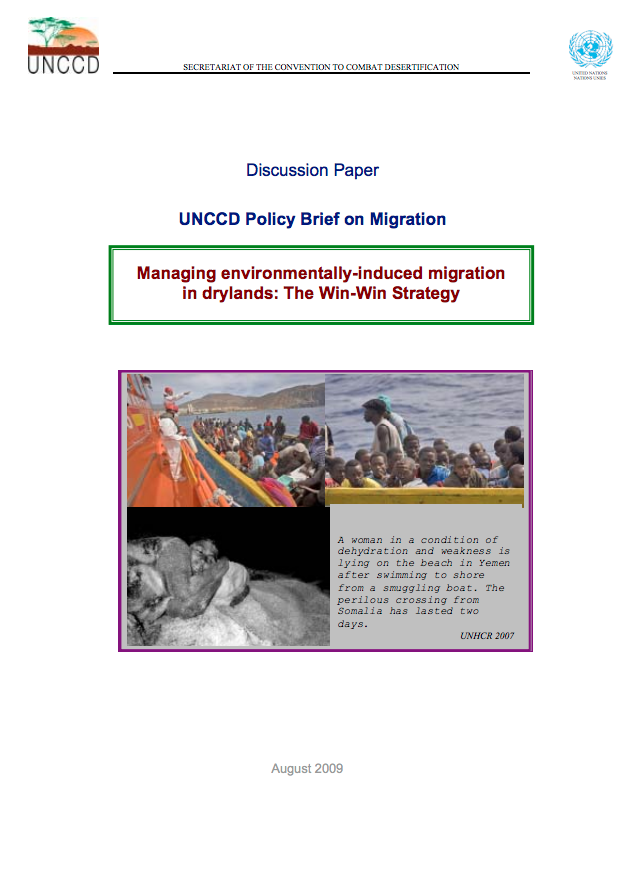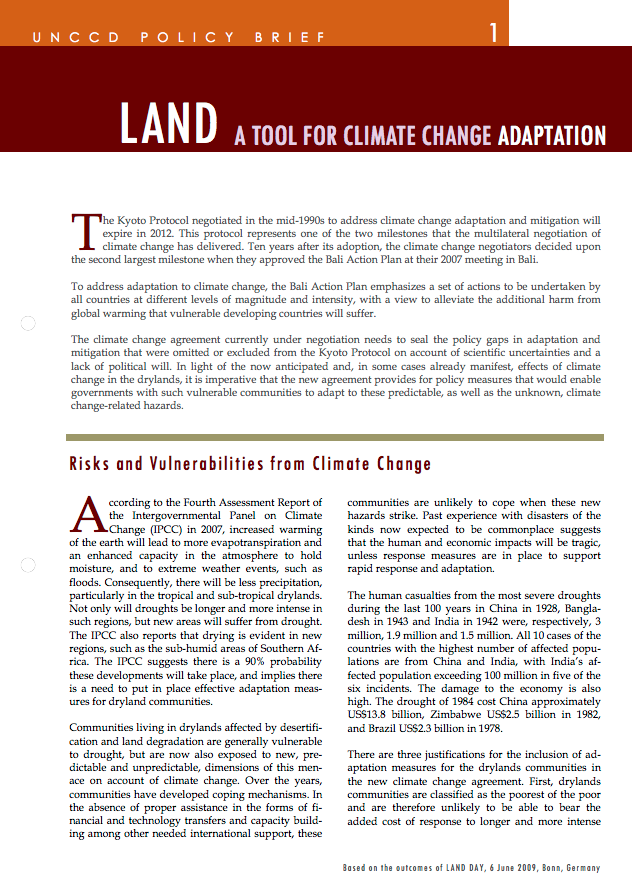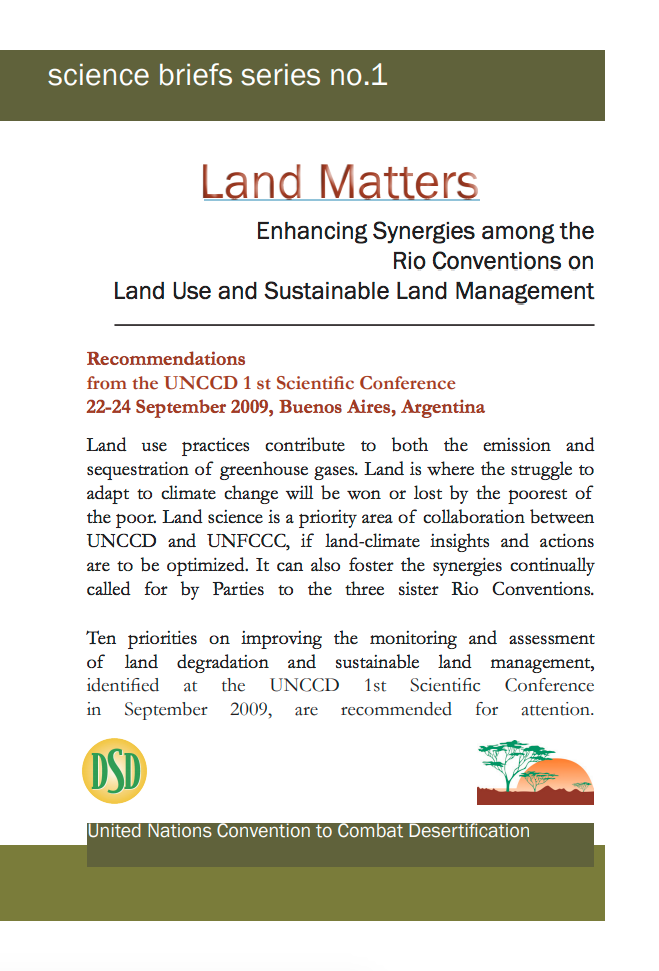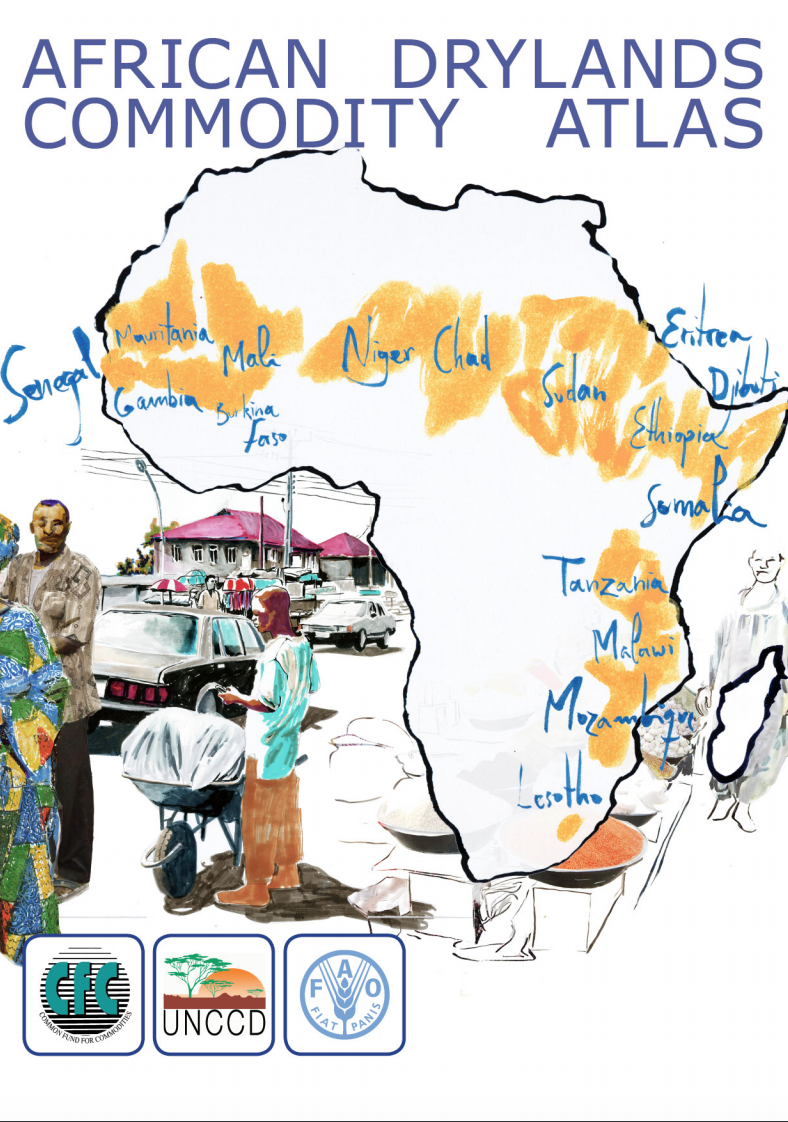Land for Life: Securing Our Common Future
Land is the foundation for all life-sustaining processes on Earth. Through its physical, chemical, and biological attributes, land underpins a wide range of ecosystem goods and services that humanity depends on for survival.


